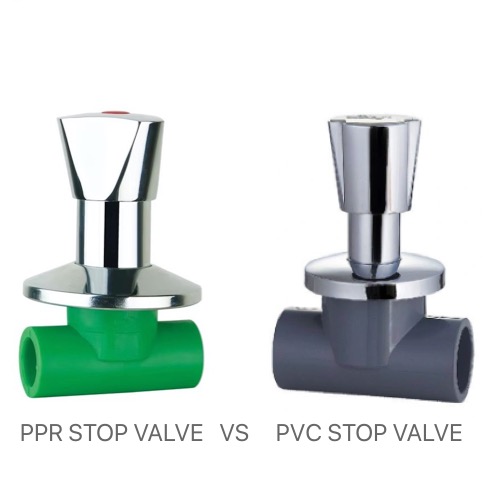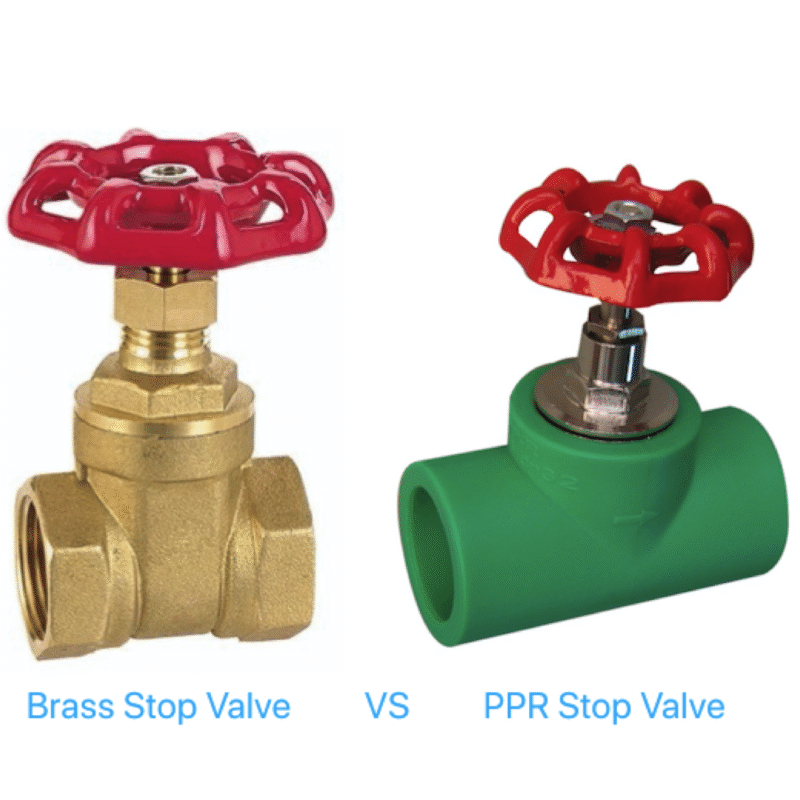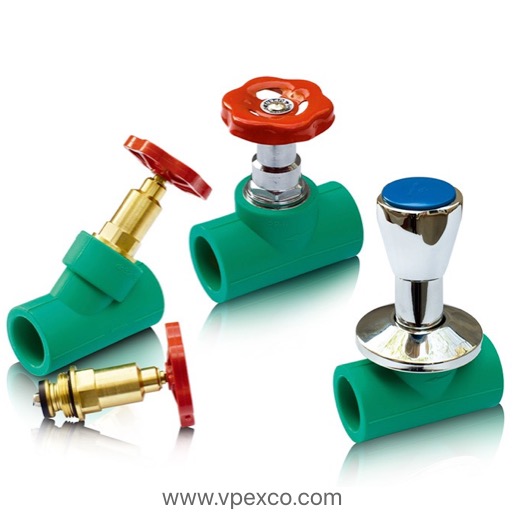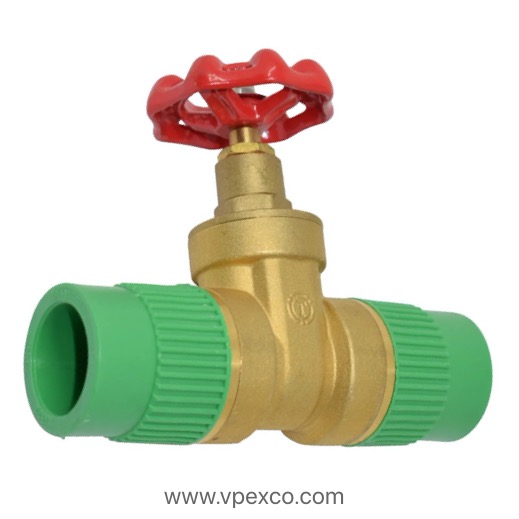Many buyers confuse PPR with PVC. Choosing the wrong valve could ruin your whole plumbing system.
PPR valves offer better heat resistance and durability, while PVC valves are cheaper and easier to install. The best choice depends on your application.
If you're sourcing plastic valves, knowing the technical difference between PPR and PVC is critical. I’ve seen projects fail because the wrong valve type was used. In this article, I’ll walk you through the pros, cons, and real-world use cases of both.
What is a PPR Valve?
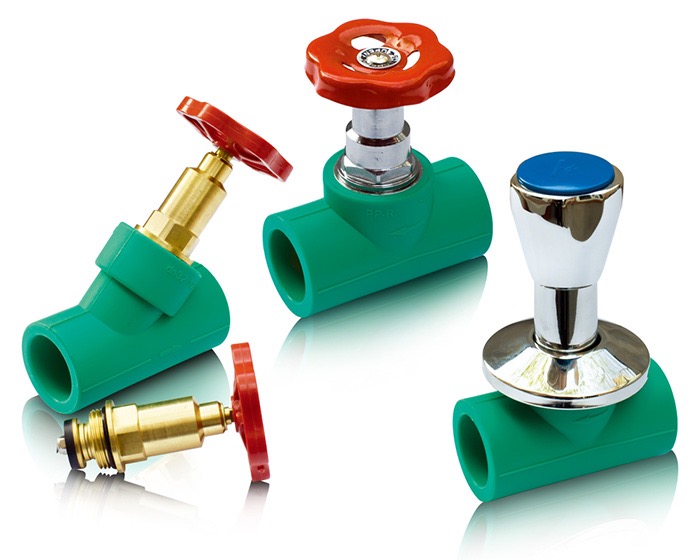
What is a PPR valve
Some people think plastic means low-quality. But PPR has changed that idea in many industries.
A PPR valve is a plastic valve made of polypropylene random copolymer, designed for use in high-pressure and high-temperature water systems.
PPR (Polypropylene Random Copolymer) is known for its resistance to heat and corrosion. This material is often used in domestic and commercial hot/cold water systems. PPR valves are installed using heat fusion welding, forming a permanent leak-free joint with PPR pipes.
Key Features of PPR Valves
| Property | Detail |
|---|---|
| Material | Polypropylene Random Copolymer (PPR) |
| Working Temperature | Up to 95°C (203°F) |
| Pressure Rating | PN16–PN25 |
| Installation Method | Socket fusion welding |
| Corrosion Resistance | Excellent |
| Lifespan | 20–25 years (when installed properly) |
From my own projects, I’ve noticed PPR is now the go-to choice for indoor systems where both durability and thermal stability are needed. Especially in Europe, PPR systems have gained a huge market share in heating and clean water applications.
What is a PVC Valve?
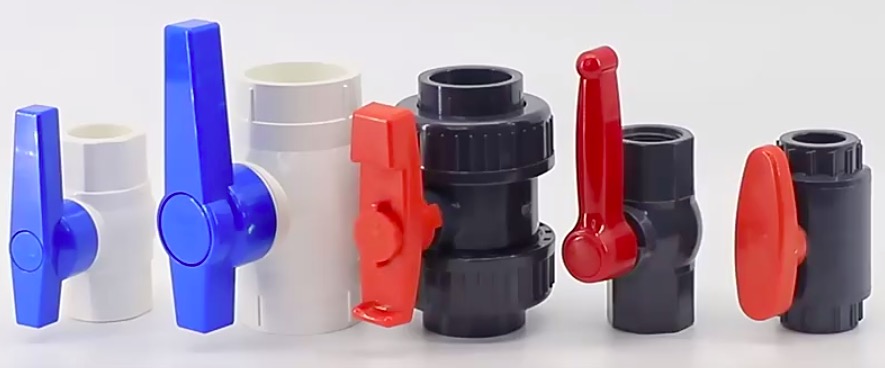
What is a PVC valve
PVC is cheap and lightweight, but is it always the right choice?
A PVC valve is made from polyvinyl chloride, commonly used in cold water systems, irrigation, and low-pressure pipelines due to its low cost and ease of installation.
PVC (Polyvinyl Chloride) has been used for decades in plumbing. It is not suitable for high-temperature systems but works well for irrigation, drainage, and cold-water transport. The valves are easy to install using solvent cement or threaded connections.
Key Features of PVC Valves
| Property | Detail |
|---|---|
| Material | Polyvinyl Chloride (PVC or UPVC) |
| Working Temperature | Up to 60°C (140°F) |
| Pressure Rating | PN10–PN16 |
| Installation Method | Solvent cement, threads |
| Corrosion Resistance | Very good (non-metal) |
| Lifespan | 10–15 years |
PVC valves1 are especially popular in agricultural settings, where the system needs to be large and cost-effective. One of my clients from Eastern Europe once switched from brass to PVC in a greenhouse system — they cut material costs2 by 40% without compromising function.
However, PVC has its limitations. If exposed to heat or UV for long periods, it becomes brittle. So it’s not the best option for hot water lines or high-pressure systems.
Is PPR Better Than UPVC?

PPR vs UPVC VALVE
Many buyers think UPVC is just a cheaper version of PPR — it’s not that simple.
PPR is generally better than UPVC for high-temperature and pressure systems, while UPVC is more suitable for cold water and cost-sensitive applications.
Let’s look at how they compare directly:
PPR vs UPVC: Feature Comparison
| Feature | PPR Valve | UPVC Valve |
|---|---|---|
| Temperature Resistance | Up to 95°C | Up to 60°C |
| Pressure Resistance | Higher (PN16–PN25) | Lower (PN10–PN16) |
| Installation Method | Heat fusion | Solvent welding or threading |
| Cost | Higher | Lower |
| Lifespan | Longer (20–25 years) | Shorter (10–15 years) |
| Chemical Resistance | Excellent | Good |
| Applications | Hot water, heating, drinking water | Cold water, agriculture, drainage |
When to Choose PPR over UPVC?
- If your system involves hot water
- If pressure is a concern
- If you want long-term durability with fewer repairs
- If you’re supplying to markets with higher technical standards (e.g., Germany, Canada)
When UPVC Makes More Sense?
- For irrigation and drainage projects
- If your budget is tight
- If water temperature is always below 60°C
- If the installation team is less experienced (PVC is easier to glue)
In short, they both have value. I always advise my clients to match the valve material with the project environment — not just the price tag.
PPR Valve VS. PVC Valve, Which is Better?

If you're installing a system that handles hot water, your choice is clear. But what about cold water or tight budgets?
PPR valves are better for high-pressure and hot-water systems, while PVC valves are ideal for low-cost, cold-water applications.
Here’s a side-by-side breakdown:
Side-by-Side Comparison
| Feature | PPR Valve | PVC Valve |
|---|---|---|
| Material | Polypropylene Random Copolymer | Polyvinyl Chloride (Rigid) |
| Temperature Resistance | Up to 95°C | Up to 60°C |
| Pressure Resistance | PN16–PN25 | PN10–PN16 |
| Corrosion Resistance | Excellent | Very good |
| UV Resistance | Poor (should be protected) | Poor (degrades with sunlight) |
| Installation | Heat fusion (requires tools) | Solvent glue or thread |
| Cost | Higher | Lower |
| Durability | Long-term (20+ years) | Shorter (10–15 years) |
| Application Scope | Residential hot water, heating, clean water | Agriculture, cold water, drainage |
Final Thoughts
I’ve worked with both materials for years. If the system will face pressure, heat, or needs a premium feel, I recommend PPR. If it’s a basic, cold-water system with cost limits, PVC gets the job done.
Keep in mind, some clients might ask for PVC because it’s cheaper — but once you explain PPR’s long-term value, many are willing to upgrade.
Choose PPR when performance matters. Choose PVC when budget rules. Understand your project — that’s how you pick the right valve.
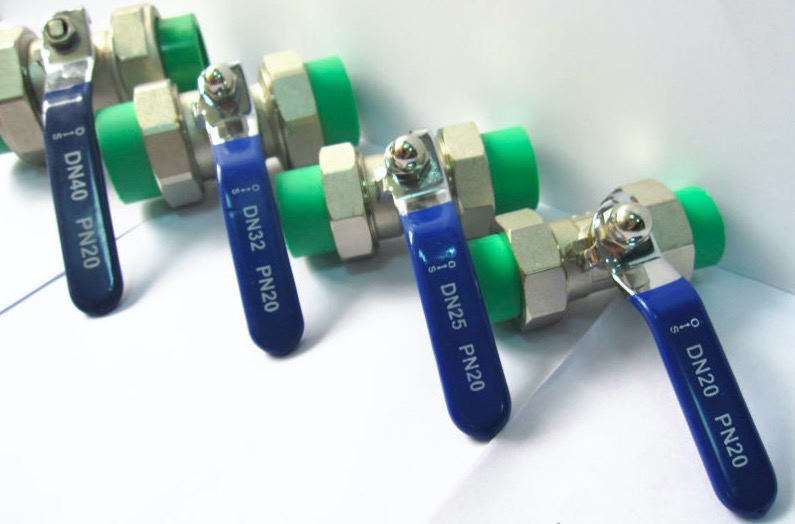
PPR VALVE DOUBLE UNION



